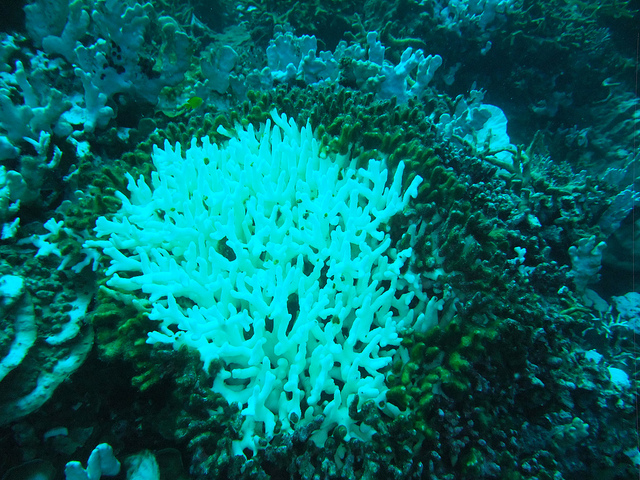Report on Citizen Science Initiatives in Whale Shark Conservation and Contribution to Sustainable Development Goals
Technological Advancements in Marine Species Monitoring
Recent developments in research technology have enabled the creation of tools that facilitate public participation in whale shark science. These initiatives are pivotal for gathering large-scale data sets crucial for conservation efforts.
- Platforms such as Shark Guardian and Wildbook for Whale Sharks have been established to crowdsource data.
- These platforms engage citizen scientists, including divers, marine tourists, and tour operators, to contribute to a global research database.
- Sophisticated pattern-matching algorithms are employed to analyze photographic submissions, significantly enhancing research capabilities.
Data Collection and Analysis Methodology
- Citizen scientists upload photographs of whale sharks encountered during marine activities.
- Submissions prioritize clear images of the area behind the gills, where spot patterns provide a unique identifier for each animal.
- The algorithms compare these patterns against an international database, which currently holds records of over 8,000 individual whale sharks.
- This process allows scientists to effectively monitor key biological and ecological indicators, including individual movements, residency patterns, growth rates, and health status.
Alignment with United Nations Sustainable Development Goals (SDGs)
This citizen science model makes a significant contribution to achieving several key Sustainable Development Goals.
-
SDG 14: Life Below Water: The project directly supports the conservation and sustainable use of the oceans and marine resources.
- It increases scientific knowledge and research capacity (Target 14.a) by leveraging technology and public engagement to monitor a vulnerable marine species.
- The data gathered is essential for the sustainable management and protection of marine ecosystems (Target 14.2) by providing insights into the health and distribution of whale shark populations.
-
SDG 17: Partnerships for the Goals: The initiative is a prime example of a multi-stakeholder partnership for sustainable development.
- It promotes an effective public-private-civil society partnership (Target 17.17) by uniting researchers, technology developers, tour operators, and the general public toward a common conservation goal.
- This global partnership (Target 17.16) strengthens the implementation of sustainable development by mobilizing knowledge, technology, and community participation.
Which SDGs are addressed or connected to the issues highlighted in the article?
-
SDG 14: Life Below Water
This goal is directly addressed as the article focuses on the conservation and scientific study of whale sharks, a key marine species. The efforts to monitor their movements, residency, growth, and health contribute to the broader objective of conserving and sustainably using marine resources.
-
SDG 17: Partnerships for the Goals
This goal is connected through the collaborative model described in the article. The partnership involves researchers, the public (divers, marine tourists), and private entities (tour operators) working together through platforms like “Wildbook for Whale Sharks” to achieve a common scientific and conservation goal.
What specific targets under those SDGs can be identified based on the article’s content?
-
Target 14.a: Increase scientific knowledge, develop research capacity and transfer marine technology
The article explicitly details efforts to increase scientific knowledge about whale sharks. It describes the development of “sophisticated pattern-matching algorithms” and platforms that function as a form of marine technology transfer, enabling a wider group (the public) to contribute to research and improve the ability of scientists to monitor the species.
-
Target 14.5: Conserve at least 10 per cent of coastal and marine areas
While not a direct action of conservation, the research described is a prerequisite for achieving this target. By monitoring the “movements” and “residency” of whale sharks, scientists gather the “best available scientific information” needed to identify critical habitats and propose effective marine protected areas for their conservation.
-
Target 17.17: Encourage and promote effective public, public-private and civil society partnerships
The initiative is a clear example of a civil society and public-private partnership. It encourages collaboration between scientists (public/research institutions), “divers, tour operators and marine tourists” (civil society and private sector) to mobilize resources (photographs) and expertise for a shared sustainable development objective.
Are there any indicators mentioned or implied in the article that can be used to measure progress towards the identified targets?
-
Number of individual whale sharks in the database
The article explicitly mentions an “international database of more than 8,000 individual whale sharks.” This quantifiable number serves as a direct indicator of the scale and progress of the research effort, reflecting the growth in scientific knowledge (Target 14.a).
-
Number of public contributions
The system relies on the public to “upload their photographs of whale sharks.” The number of photos submitted by divers, tourists, and tour operators is an implied indicator measuring the effectiveness of the public-private and civil society partnership (Target 17.17).
-
Development and application of new technologies
The mention of “sophisticated pattern-matching algorithms” and platforms like “Wildbook for Whale Sharks” implies that the development and successful application of these tools are indicators of progress in increasing research capacity and transferring marine technology (Target 14.a).
SDGs, Targets and Indicators
| SDGs | Targets | Indicators |
|---|---|---|
| SDG 14: Life Below Water | 14.a: Increase scientific knowledge, develop research capacity and transfer marine technology. |
|
| SDG 14: Life Below Water | 14.5: Conserve at least 10 per cent of coastal and marine areas. |
|
| SDG 17: Partnerships for the Goals | 17.17: Encourage and promote effective public, public-private and civil society partnerships. |
|
Source: nytimes.com







